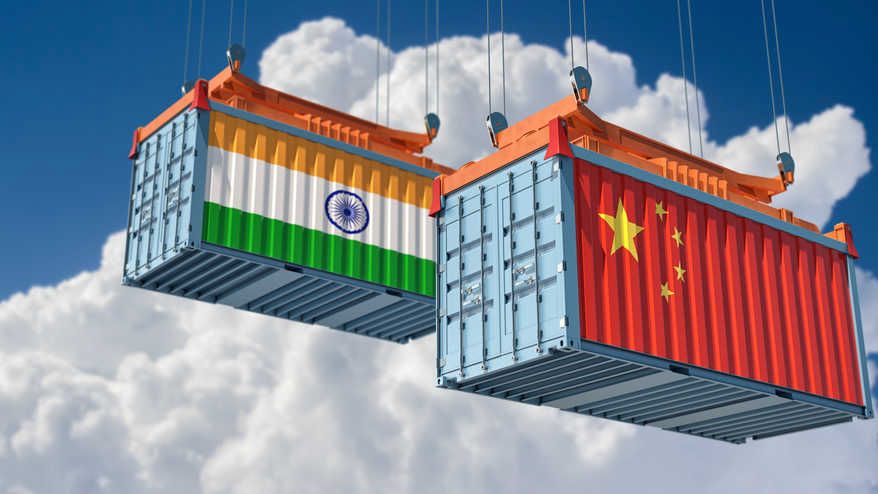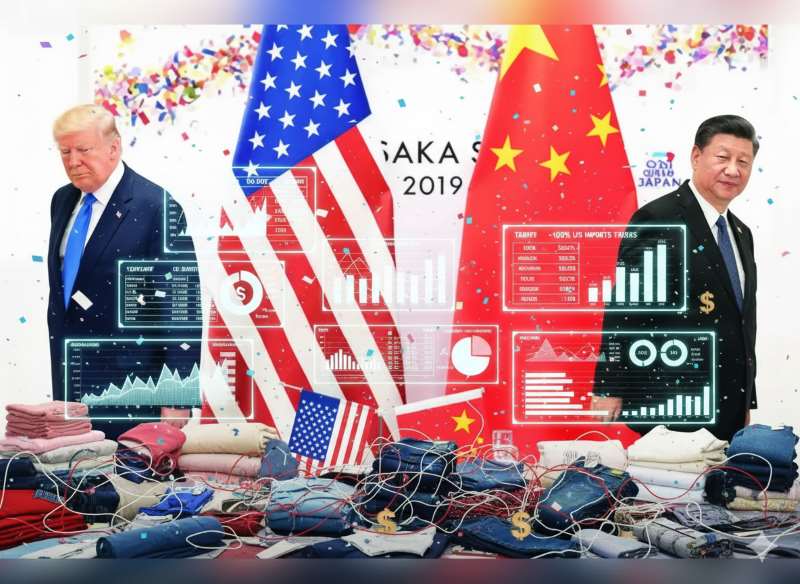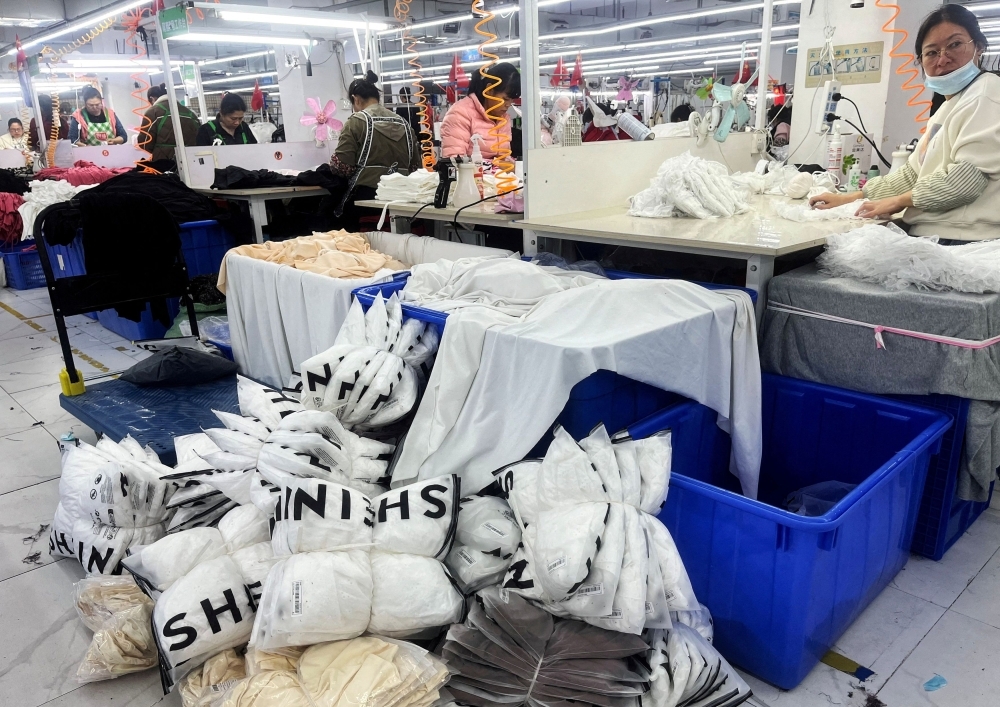
The textile industry, a crucial spoke in India and China’s GDP economic growth, has become a battleground for anti-dumping duties (ADD), raising concerns about business losses and the future of trade relations.
Tit for tat ADDs
Both India and China have imposed ADD on imports from each other. For example India in 2021, imposed ADDs on Chinese viscose staple fiber (VSF), citing dumping margins of 3.71per cent to 15.72 per cent. This led to a 7 per cent decline in VSF imports from China, impacting garment manufacturers reliant on affordable Chinese VSF. Similarly, China in 2022 imposed ADDs on Indian cotton yarn, alleging dumping margins of 3.1 per cent to 7.2 per cent. This resulted in a 25per cent drop in Indian cotton yarn exports to China, impacting Indian spinning mills. As Amitabh Yadav, President, Clothing Manufacturers Association of India (CMAI) opines, "These ADDs are protectionist measures that distort trade and harm consumers."
| Year | India's ADDs on Chinese textile imports (in $million) | China's ADDs on Indian textile imports (in $million) |
| 2021 | 203.24 | 231.57 |
| 2022 | 251.43 | 278.92 |
| 2023 (YTD) | 112.37 | 145.21 |
Source: World Trade Organization (WTO) Trade Statistics Database
Reasons for ADDs
Several factors lead to the imposition of ADDs. On major reason is protecting domestic industries. Countries like India and China use ADDs to shield their domestic textile industries from allegedly unfair competition from foreign players. ADD investigations based on complaints from domestic industries alleging unfair trade practices look at key factors like: Dumping or selling goods below their normal value in an export market; evidence that the dumped imports harm the domestic industry; Proof that the dumping caused the injury. Trade disputes can sometimes be fuelled by broader political and economic conflicts as well.
The other reason is correcting unfair trade practices. ADDs aim to counter dumping, where a country exports goods at prices below their domestic market value, harming domestic producers in the importing country. ADDs aim to level the playing field by raising the price of dumped imports, making them less competitive with domestic products. Proponents argue that ADDs protect jobs in domestic industries threatened by unfairly priced imports. As an Indian yarn manufacturer says, "The anti-dumping duty on Chinese yarn impacted our raw material costs, forcing us to raise prices and lose some customers to cheaper competitors."
Case for India and China ADDs
The impact of these duties is evident in trade figures and industry reports for both India and China. India's imports of Chinese viscose staple fibre fell by 40 per cent in 2022, while China's imports of Indian polyester textured yarn declined by 25per cent. Indian textile exports facing anti-dumping duties in China experienced a 10-15 per cent drop in value.
Indeed, anti-dumping duties offer temporary relief to domestic industries, but their long-term consequences for trade relations and global competitiveness can be detrimental. The use of ADDs in the India-China textile trade is a complex issue with significant economic and political implications. ADDs can protect domestic industries, they also have negative consequences for businesses and consumers.
Both India and China need to engage in constructive dialogue and explore alternative solutions to protect their industries without jeopardizing wider economic interests. Open communication, transparent investigations, and adherence to WTO rules is key to navigating this complex situation and ensuring a sustainable future for the textile industry. Finding a balance between protecting domestic interests and promoting fair trade remains a crucial challenge for both countries.












